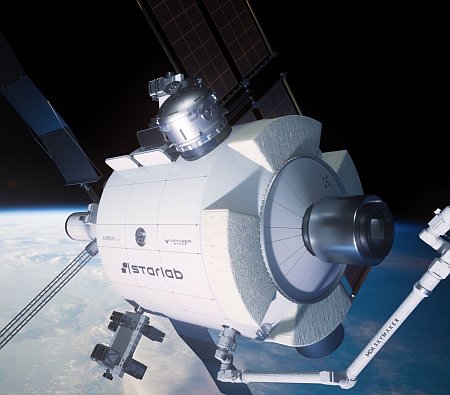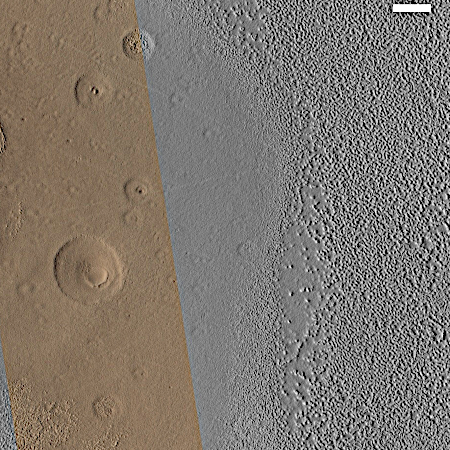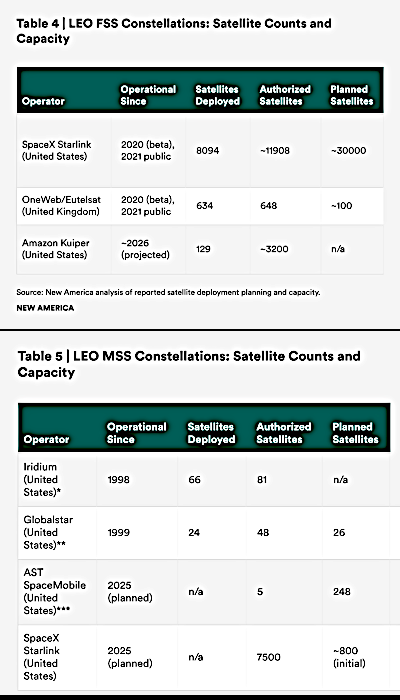New company formed to run proposed North Sea offshore launch platform

Launch platforms proposed for North Sea
The German company OHB has now formed a new subsidiary, The European Spaceport Company, to consolidate its various spaceport projects, its proposed North Sea offshore launch platform as well as the launchpads it is building at French Guiana.
According to an 11 November OHB press release, the initial goals of the new European Spaceport Company, which will be based in Bremen, are the “realisation of a European offshore spaceport and the expansion of launch capacities at the Kourou spaceport in French Guiana to include a launch complex that can be used for various rocket types.”
The home port for the offshore spaceport, dubbed the Offshore Spaceport Alliance, will be in Bremen, as shown by the map to the right. The launch facilities the company is building in French Guiana are for the German rocket startup Rocket Factory Augsburg as well as Arianespace’s Ariane-6 rocket.
The North Sea launch platform appears to be an attempt to give the three German rocket startups, Rocket Factory, Isar Aerospace, and Hyimpulse, a German-based launchpad close to Europe, rather than have to rely on the new spaceports in the United Kingdom, Norway, and Sweden that surround the Norwegian Sea to the north.

Launch platforms proposed for North Sea
The German company OHB has now formed a new subsidiary, The European Spaceport Company, to consolidate its various spaceport projects, its proposed North Sea offshore launch platform as well as the launchpads it is building at French Guiana.
According to an 11 November OHB press release, the initial goals of the new European Spaceport Company, which will be based in Bremen, are the “realisation of a European offshore spaceport and the expansion of launch capacities at the Kourou spaceport in French Guiana to include a launch complex that can be used for various rocket types.”
The home port for the offshore spaceport, dubbed the Offshore Spaceport Alliance, will be in Bremen, as shown by the map to the right. The launch facilities the company is building in French Guiana are for the German rocket startup Rocket Factory Augsburg as well as Arianespace’s Ariane-6 rocket.
The North Sea launch platform appears to be an attempt to give the three German rocket startups, Rocket Factory, Isar Aerospace, and Hyimpulse, a German-based launchpad close to Europe, rather than have to rely on the new spaceports in the United Kingdom, Norway, and Sweden that surround the Norwegian Sea to the north.










